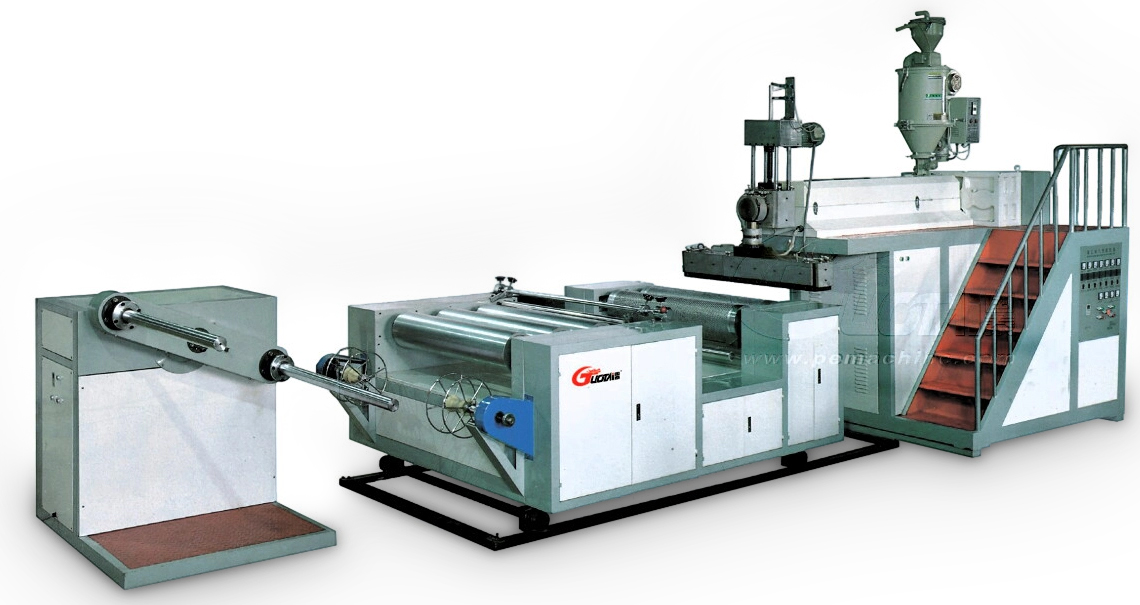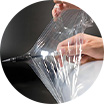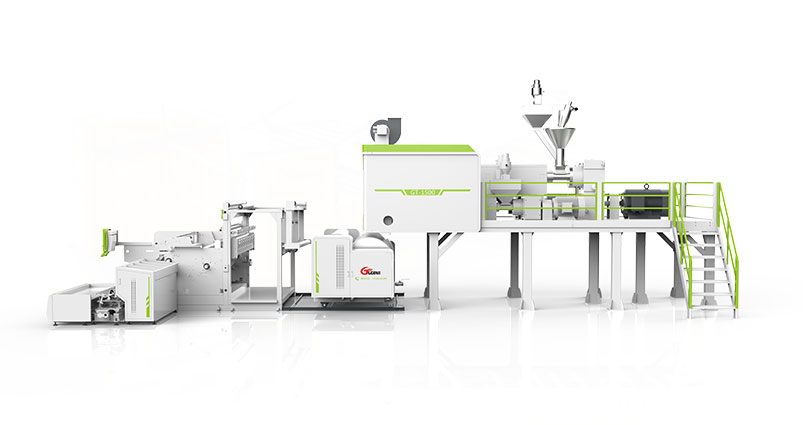High—Performance Stretch Film Manufacturing Making Machine | Features, Types & How to Choose
Introduction
In the packaging and logistics industry, stretch film plays a crucial role in protecting goods during storage and transport. If you're looking to produce stretch film yourself, picking the right stretch film manufacturing machine is essential. This machine determines film quality, cost per square meter, waste rate, tensile strength, clarity, and operational cost.
What Is a Stretch Film Making Machine
A stretch film making machine is industrial equipment that uses extrusion techniques (cast or blown) to produce stretchable plastic film—commonly LLDPE or similar materials—with controlled thickness, width, stretchability, and winding. Key steps include: material feeding & melting → forming film through die → stretching → cooling → winding into rolls.
Popular Types & Varieties
|
Type |
Advantages |
Best For |
|
Smoother surface, quieter unwind, high clarity |
Products needing visibility, packaging aesthetics |
|
|
Higher puncture & tear resistance, better cling, more rugged |
Heavy loads, sharp-edged pallets, higher protection needs |
|
|
Can add UV protection, colored layers, strength layers, cling layers etc. |
Specialized needs (outdoor, branding, high strength) |
What Buyers Usually Want / Concerns
-
Pre‑Stretch Ratio / Film Stretchability – Higher pre‑stretch means more coverage, lower material cost, better containment force.
-
Film Thickness & Gauge Consistency – Uniform thickness avoids weak spots or waste.
-
Width & Film Roll Size – Larger rolls reduce changeovers.
-
Tension Control – Ensures correct containment force; too loose = unstable load, too tight = damage.
-
Energy Efficiency & Raw Materials Cost – Lower cost, less scrap, reduced energy.
-
Automation & Control Systems – PLC, automatic roll change, sensors.
-
After‑Sales Support & Maintenance – Spare parts, ease of service.
-
Cost of Ownership & ROI – Beyond price: energy, labor, downtime.
How to Choose the Right Machine for Your Business
Consider production volume, film requirements (clarity, UV protection, color), film type (hand vs machine, cast vs blown), operational costs (energy, resin, labor), factory conditions (space, cooling, ventilation), and compliance with safety & environmental regulations.
Common Mistakes / Pitfalls to Avoid
-
Ignoring film consistency and stretch ratio.
-
Poor cooling/stretching system control.
-
Wrong resin/additives for application.
-
Low automation level, high manual intervention.
-
Weak after‑sales support or costly spare parts.
Conclusion & Call to Action
If you're considering entering the stretch film market or upgrading your current production line, selecting a high‑quality stretch film making machine is foundational. Contact us for a free consultation and tailored solutions to optimize your film production.
For You!





